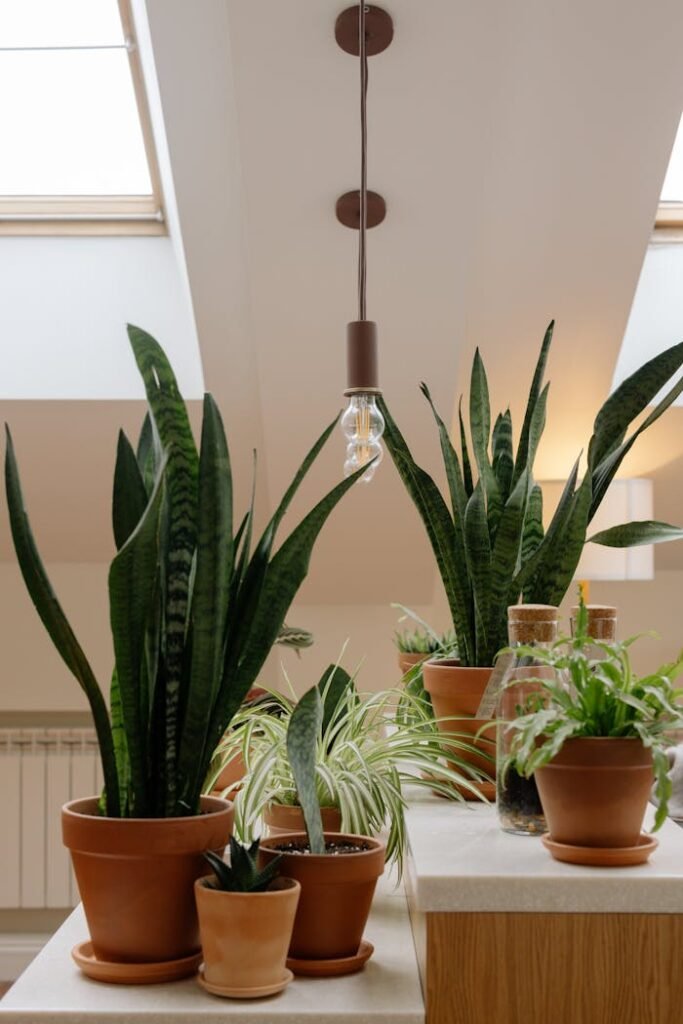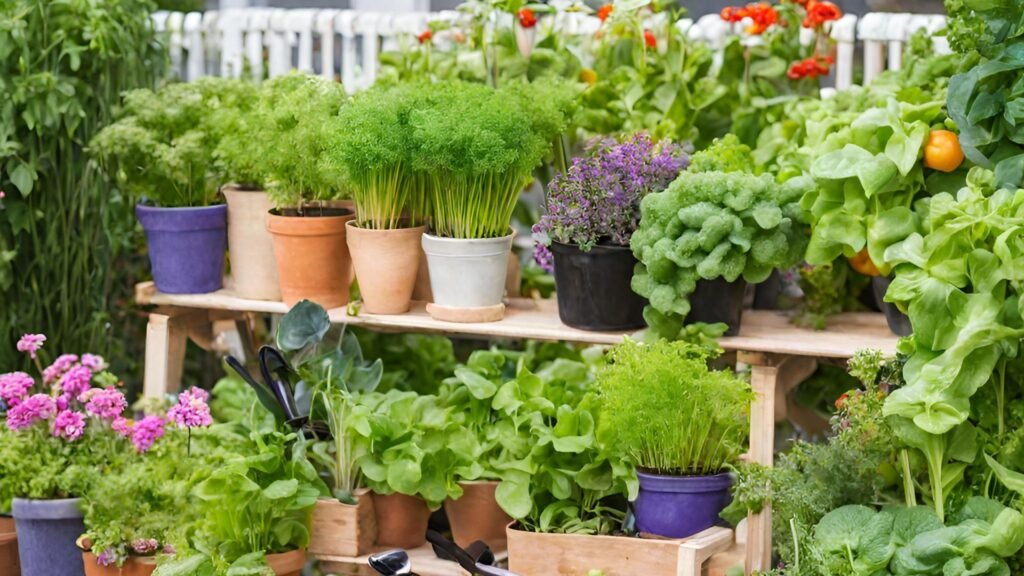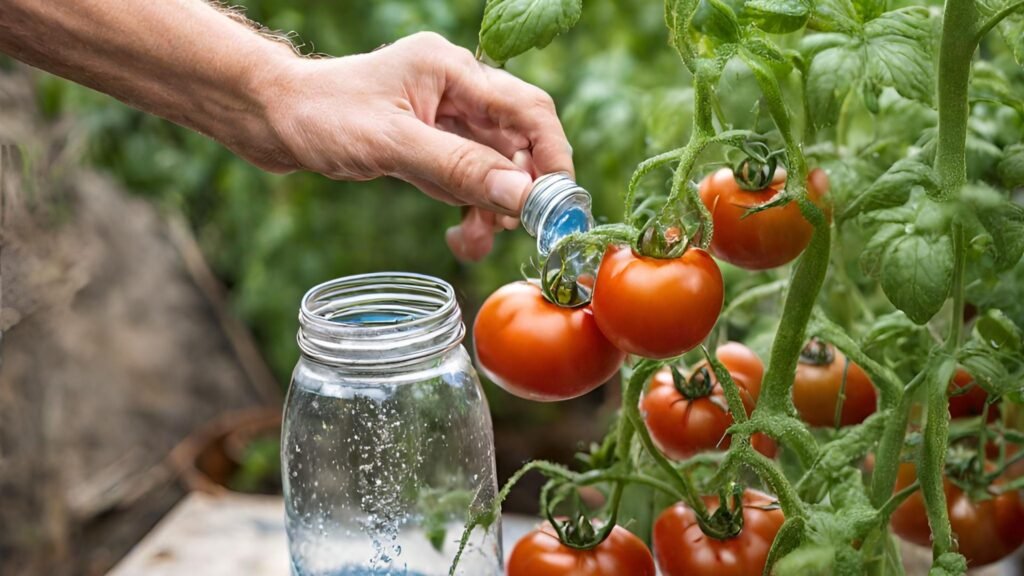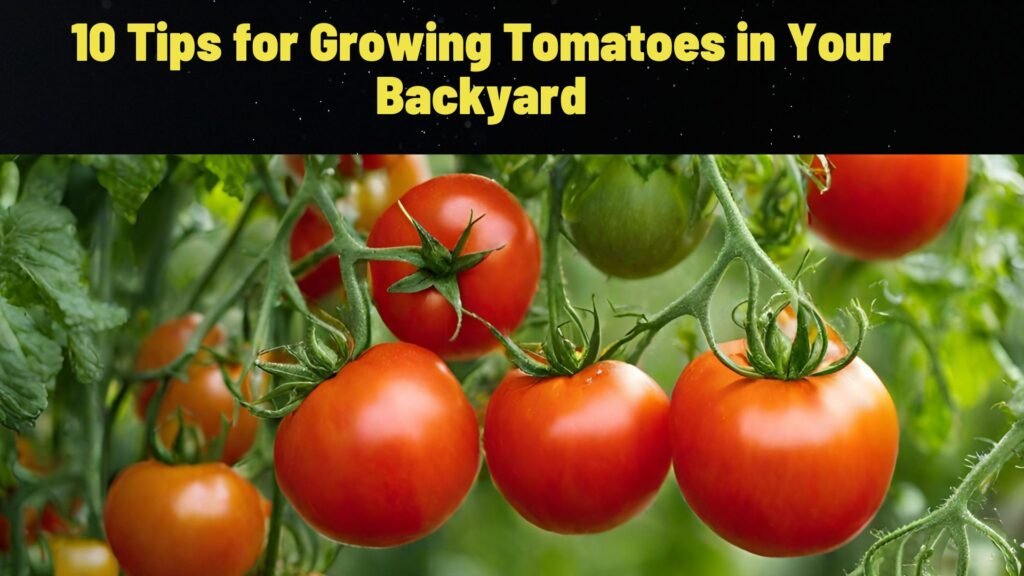Growing Vegetable Plants Indoors: Avoid Common Mistakes
Growing vegetables indoors for beginners is a great way to enjoy fresh produce year-round, even without a backyard. With the right setup, you can start growing vegetable plants indoors using containers, proper lighting, and nutrient-rich soil. Choosing the best indoor vegetable plants like lettuce, herbs, and cherry tomatoes will help ensure a successful indoor garden. Get ready to transform your space into a mini farm with these simple yet effective tips! Growing indoor vegetable plants: Tips for avoiding Common Mistakes Indoor gardening gives you the chance to grow your favorite vegetables all year, no matter how much space you have. It doesn’t matter if you’re a seasoned gardener or just beginning; this detailed guide is here to help. We’ll walk through choosing the best spot for your plants, setting up a grow light, and picking out the right potting mix for optimal growth among other things. With these tips, creating a thriving indoor vegetable garden will be easy. “This article contains affiliate links. I might get commissions from those links if you click through the link and finalize a purchase. Please read Disclosure section for more information.” Understanding Indoor Vegetable Gardening Basics You’re tasting the fresh flavors of vegetables that were just picked from your own kitchen! With indoor vegetable gardening, you can have homegrown veggies any time, no matter what the weather’s like outside. However, it’s really important to understand how to grow plants inside before getting started. With indoor vegetable gardening being different from outdoor gardening, you need to make sure everything is just right for your plants indoors. This means giving them enough light, making sure there’s good air flow around them and keeping the temperature and humidity at levels they like. Why Grow Indoor Vegetable Plants? Having a small garden space or dealing with long winters shouldn’t stop you from growing vegetable plants indoors. With indoor vegetable gardening, you can easily grow fresh food right at home, avoiding the need to constantly buy produce from the grocery store. This way, you’re in charge of what goes on your plate and get to enjoy the rewards of your hard work. By growing your own food, you depend less on supermarkets. It’s a smart move that can save money and is better for the planet too. Think about how great it feels to eat vegetables that you know exactly where they came from and how they were grown. On top of all this, indoor gardening means you can grow lots of different veggies, even those that usually wouldn’t thrive in your area’s weather. So why not turn your place into a lush spot full of tasty veggies with an indoor vegetable garden? Key Benefits of Growing Vegetable Plants Indoors With indoor vegetable gardening, you get to enjoy a big plus: your growing season gets a lot longer. Think about it – having fresh salad greens like lettuce and spinach all year round! By growing vegetable plants indoors, you can make sure everything’s just right for your plants – the light, water, and food they need. This way, they grow up healthier and might even give you more than if they were outside. On top of that, when you grow vegetables inside, you don’t have to worry as much about bugs or sicknesses that outdoor plants often face. So there’s less need to use chemicals on them. That means the food from your garden is not only better for you but also kinder to our planet. 5 best Vegetables to Growing Vegetables Indoors for Beginners Growing vegetables plants indoors is a convenient and rewarding way to enjoy fresh produce year-round. Here are five of the best vegetables to grow indoors: 1. TOMATOES Light: Tomatoes require ample sunlight to thrive. If you are growing them indoors, ensure they receive at least 6-8 hours of direct sunlight daily. In the absence of natural light, you can use grow lights specifically designed for plants to supplement their light requirements. Water: Proper watering is crucial for tomato plants as both overwatering and underwatering can harm them. Keep the soil consistently moist but not waterlogged. It’s best to water the plants at the base to avoid wetting the foliage, which can lead to diseases. Ventilation: Good air circulation is important for preventing fungal diseases and ensuring healthy growth. Place fans near your tomato plants to improve air circulation. Additionally, opening windows or using exhaust fans can help maintain proper ventilation levels. 2. HERBS (BASIL, MINT, PARSLEY) Herbs are easy to grow indoors and can add flavor to your dishes. Basil, mint, and parsley are among the most popular choices due to their culinary uses. Light: To successfully grow herbs indoors, it is crucial to provide the optimal conditions for their growth. Herbs generally thrive in temperatures ranging from 60°F to 70°F (15°C to 21°C). Water: Consistent watering is essential for their development; however, it’s important not to overwater as this can lead to root rot. Ventilation: Adequate air circulation helps maintain a healthy environment for indoor herb growth. Additionally, positioning your indoor herb garden near a window that receives ample sunlight or using grow lights can help ensure that the herbs receive sufficient light for photosynthesis. 3. MICROGREENS Microgreens are nutrient-dense young vegetable greens that are harvested soon after germination. They are packed with flavor and nutrients, making them a healthy addition to salads and sandwiches. Light: Microgreens generally thrive in temperatures ranging from 60 to 70 degrees Fahrenheit (15-21 degrees Celsius). Consistent temperature control is essential for their growth and development. Water: When it comes to watering microgreens, it’s important to keep the soil consistently moist but not waterlogged. Overwatering can lead to mold growth and root rot. A good practice is to water them from the bottom using a tray filled with water to prevent disturbing the delicate seedlings. Ventilation: Proper ventilation is necessary to prevent the buildup of humidity, which can also contribute to mold or mildew issues. Good air circulation helps in strengthening the stems of the microgreens and
Growing Vegetable Plants Indoors: Avoid Common Mistakes Read More »




